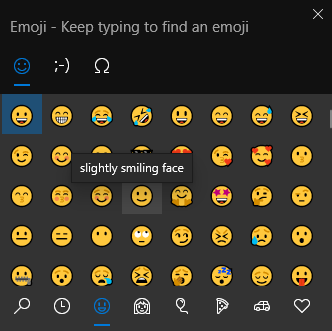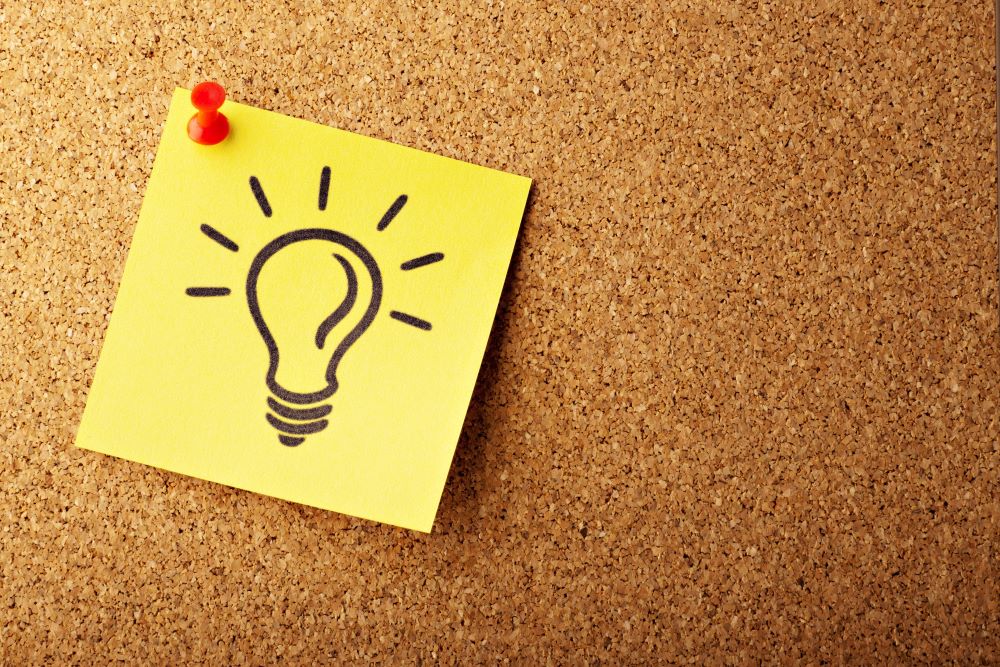Emojis (?) came into being in 1999 in Japan. When translated into Japanese, emoji means “picture character”. They started off as yellow cartoon faces with various expressions and have now marked territories in categories such as food, travel, flag, activity and people. Emojis evolved from their prehistoric cousins called the emoticons. The word emoticon comes from a contraction of the word emotional icon. It is claimed that these were introduced in the late 70s. Emoticons consist of symbols and numbers found on the keyboard. The earliest of them are :- ) and :- ( representing smiles and frowns respectively.
Emoticons

Emojis
1) Emojis Drive Social Media Engagement
2) Emojis Retain Information Longer

A study says that combinations of emojis and words create longer memory retention of information. The text, “Please proofread the attached report ? ” will be remembered longer than “Please proofread the attached report”. This is especially important in digital marketing. Emojis can be used to imprint the image of brands on the users’ minds. Although overuse or inappropriate emojis can pose a threat.
3) Emojis Portray Friendliness

Adobe’s study reveals that 81% of people believe that emoji users are friendlier and more approachable. An “Ok” may signal annoyance or disappointment but an “Ok ?” will send out good signals. Scientists say that when we look at a digital smiley face, the very same parts of the brain are activated as when we look at a smiling human face. Emojis communicate irrespective of language barriers and users feel it is easier to translate thoughts through emojis than through words.
4) Emojis Cushion Negative Feedback
In a nutshell, yes, there is a link between emoji usage and science. Emojis drove the transition to digital communication without too many hitches as they enhance engagement online, retain memory, cushion negativity, and portray friendliness. There are so many emoji options and new ones keep getting added. Next time you are typing out a digital message, add the emojis to give it a human touch. Although watch out for what emojis mean because many a time, they do not mean what they look like. Whether you are planning a digital marketing campaign or sending a work email, do not forget to add emojis for better conveyance as they have proven to be beneficial. What is your favourite emoji? Tell us in the comments below.
